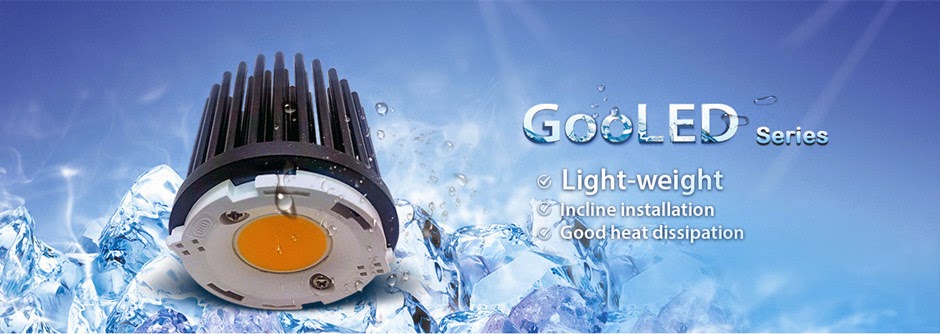Summary:
With an extended lifespan and far low running costs as compared to traditional bulbs, LED lighting has begun to spread more efficient light into the homes across the globe. But, what decides the quality of such eminent LED lights and what do you need to know before converting to LED? Let us know here in this blog.
A Start Off
LED—Light Emitting Diode has come up to be efficient and sustainable lighting source with countless applications. There are many types of light emitting diodes, and each diode is used for some particular purpose.
LEDs are extremely durable and are made up of sturdy components that withstand even the roughest condition. As having numerous advantages of LED like energy efficient, no ultraviolet rays emission, durable, flexible, ecologically friendly, and operational in every season, low voltage supply, reduced power consumption and more, these lights emits an enormous amount of light that dissipates equally.
Determining the Factors
Now that the LED lights are available in the global market, the question arises what are those important factors that decide the quality of the LED light? Today we will discuss the factors:
Chips
The chips take up 40% of the cost of an entire LED light. In authentic LED lights, it is the chip with decides the price of the LED Lights. The development of the LED Chips with technology leads the direction of LED Lighting. Hence, not only the brand of the chip decides the price, but also the quality as well.
LED Coolers—Heat Sinks
As we know that LED emits an enormous amount of light which dissipates equally so, it is imperative to keep the LED junction below the maximum operating temperature. Hence, this can be achieved by using high quality of LED heatsinks or commonly known as LED cooling property. LED heat sink is a device which is used just to absorb the heat and cool up the device by dissipating heat into the surrounding equally. Also, to extend the life of LED light bulbs, the manufacturers look forwardly to use LED cooling options.
LED Fixtures
The active cooling technology—LED coolers use convection to move heat off of the LED. As the air moves across fixtures, the heat is dissipated. By using an active fan, the amount of air passing over the LED fixtures becomes high enough to keep the fixture cooler. Thus, the LED fans and fixtures also play a significant role in making the LED lighting as a quality approved lighting across the globe.
Advantages of Converting to LED lighting
Efficient to Energy
LED lights are up to 90% more energy efficient than filament or halogen bulbs as the traditional lighting sources.
Long-Life
An accurately installed LED light lasts over 50,000 hours, as compared to the 5,000 hours of traditional bulbs.
Instant turn-on
The LED lights turn on instantly unlike other traditional lights which have a warming up period and lit up taking some minutes
Manageable
The LED lights can be controlled and managed for brightness and color as well as for setting it according to directions. This means the light is nowhere wasted.
Environmental friendly
The LED lights contain no mercury or other hazardous substances. Moreover, that is the reason they are greatly preferred for extended lighting time.
Closing Lines
Thus, the LED module of LED lights is manufactured and set up so well that the LEDs are capable of emitting eco-friendly lights without any hassle.
